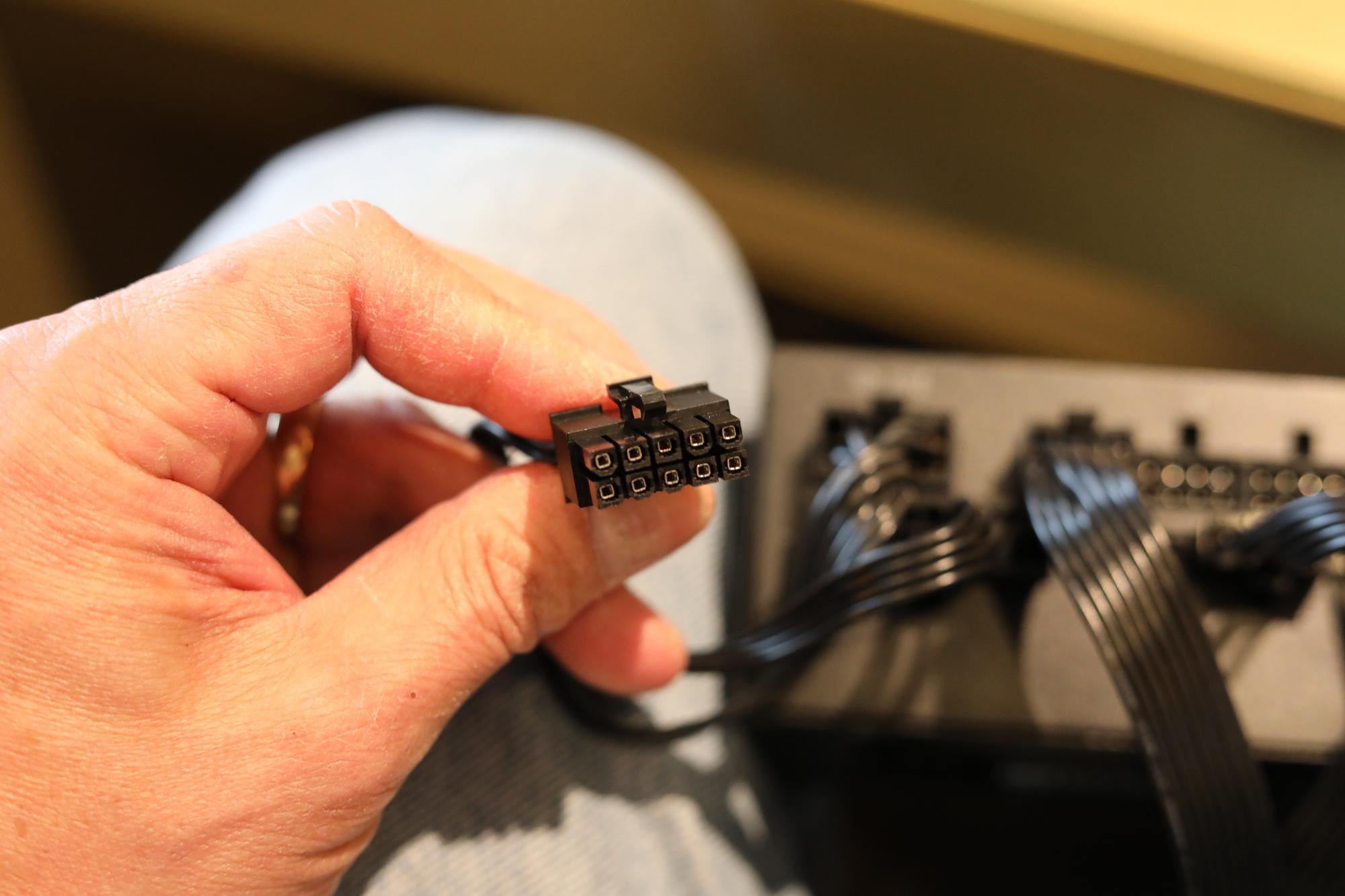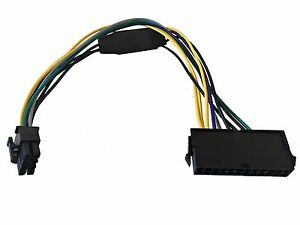Simplification doing away with other voltages and going 12V single rail for everything:
https://www.thefpsreview.com/2020/0...x12vo-promises-better-efficiency-lower-costs/
https://www.thefpsreview.com/2020/0...x12vo-promises-better-efficiency-lower-costs/
![[H]ard|Forum](/styles/hardforum/xenforo/logo_dark.png)

